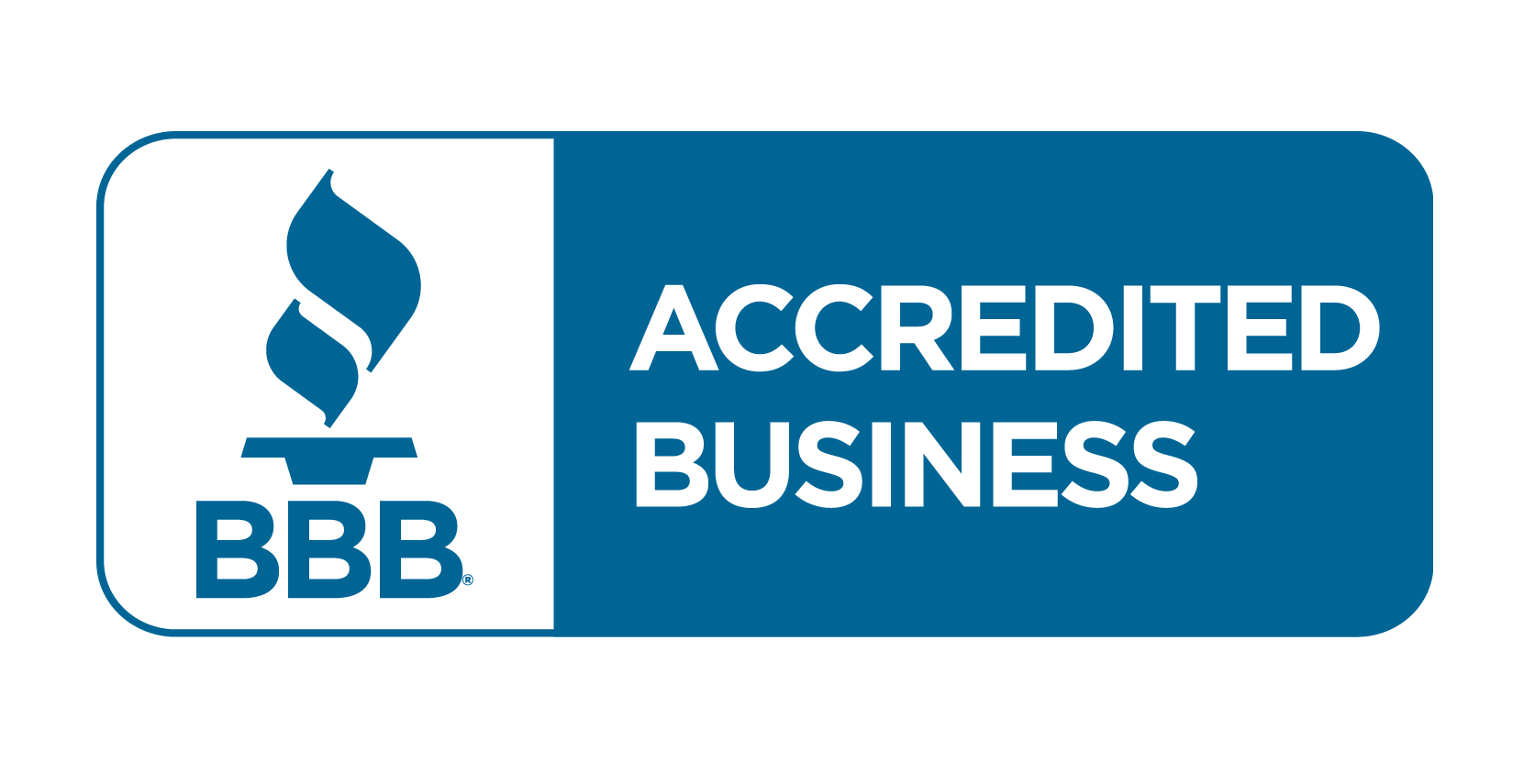The Good News
We have Social Security Optimization software available for you that can show you all of your options (whether you are single or married). Keep in mind that in addition to actual dollars involved, there are several other important factors to take into consideration when deciding on when to begin your Social Security benefits…
- Your health and life expectancy
- Your near-term tax situation
- Your non-Social Security income potential, and other resources
- The health of the Social Security System
Common Questions
What is medicare? How does it work – when am I entitled, and how do I enroll?
Medicare typically has 4 parts for the average American to be aware of:
- PART A: Covers hospital stays, skilled nursing cares, hospice care
- PART B: Covers doctors visits, lab work, medical equipment, ambulance services, etc.
- PART C: Also known as Medicare Advantage. These plans are “all in one” alternatives to “original Medicare”, which is A, B, and D above. They are offered by private companies and offer low or no monthly premiums, but also come with provider limitations and lack of coverage while traveling. We have experienced Medicare and Medicare Supplement professionals on our team who can answer all your questions and help you choose the best supplement plan for your situation
- PART D: This is the prescriptions part of Medicare. These plans are generally inexpensive, unless you take a lot of prescriptions. There are several private companies that offer these plans, as there are with Medicare supplement plans.
What is medigap insurance?
Also known as Medicare Supplement policies, or simply Med Supps. These inexpensive policies are sold by private insurance companies, and are intended to fill in the “gaps” in Medicare A & B.
There are several Med Supp plans to choose from, (Plans A, B, C, D, F, G, K, L, M, and N) with different costs and benefit levels. All companies offering Med Supp policies must offer the same benefits for each federally mandated plan, so it is often just a matter of price and service that will help you decide on a carrier.
There are limited features of Medicare Parts A, B, D, and supplement plans that you need to learn or become aware of.
What is the medicare advantage?
Medicare Part C: Also known as Medicare Advantage
These plans are “all in one” alternatives to “original Medicare”, which is A, B, and D above. They are offered by private companies and offer low or no monthly premiums, but also come with provider limitations and lack of coverage while traveling. We have experienced Medicare and Medicare Supplement professionals on our team who can answer all your questions and help you choose the best supplement plan for your situation.

